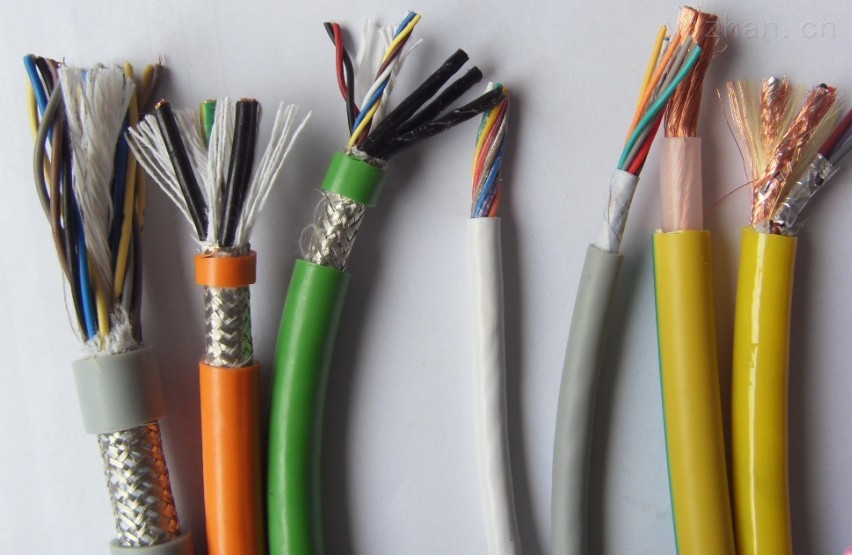
In the history of mankind, the tragedy of nuclear leakage has occurred several times, and each time the impact is very far-reaching.
The reason is that even if you are far away from the location of a nuclear leak and do not come into direct contact with the radioactive material, it may still cause different degrees of harm to human beings through the food chain.
Then today, in the 21st century, mankind is once again experiencing a "head-on confrontation" with nuclear power.
On August 24, 2023, at 1:00 p.m. BST, the Japanese government announced that it had officially discharged nuclear wastewater into the ocean.
It is expected that the first day of the discharge of 200 to 210 tons, the first round of discharge lasted a total of 17 days, a total of 7800 tons of nuclear sewage discharge.
China has strongly condemned Japan's move.
Since the Fukushima nuclear power plant accident in 2011, how to deal with the large amount of nuclear wastewater has become the Japanese government and the Tokyo Electric Power Company.
Especially for TEPCO, because the cost of treatment is too high, they have been dragging their feet, which has led to more and more nuclear wastewater being stored.
It wasn't until 2019 that Japan finally sat up.
Yoshiaki Harada, then Japan's Minister of the Environment, suddenly announced to the world: to discharge this nuclear wastewater into the sea, and the reason was that there were no storage tanks left.
At the time of this news, the world was in an uproar, after all, the harm caused by nuclear wastewater is incalculable.
According to a research simulation by relevant experts: once the Japanese nuclear wastewater is discharged into the sea, its proliferation speed is very fast, 240 days to reach the coast of China, and 1200 days later will be able to cover the North Pacific Ocean, which is a disaster for the world.
In fact, Japan discharges nuclear sewage mainly to save costs.
According to the estimate of relevant Japanese experts, if all this nuclear sewage is discharged into the sea, then Japan will save the cost of 50 trillion to 70 trillion yen, which is converted into RMB about 4 trillion.
And according to the Tokyo Electric Power Company, two years ago, admitted that they use filtering equipment, and simply can not dilute the nuclear sewage inside the "tritium".
According to German experts, once the tritium-containing nuclear wastewater is discharged into the sea, it will spread around the world in about 10 years.
In the case of nuclear reactors, when the tritium content in the first circuit of the reactor rises to a certain level, the cooling water needs to be properly discharged, i.e. a tritium-containing effluent is formed.
In the event of a reactor core meltdown, tritium is still produced in the decay of the remaining fuel.
Also due to neutron irradiation, tritium is produced in the cooling water that flows through.
After treatment, tritium-containing wastewater is formed, and to a certain extent, nuclear sewage can be said to be formed.
Since there is currently no technology in the world that can treat tritium in nuclear wastewater, the dangers of this element are of particular concern.
Tritium, also known as super heavy hydrogen, is one of the isotopes of hydrogen with a half-life of 12.43 years.
Once in the human body, tritium may cause radiation damage to humans from within the body.
If humans are continuously exposed to tritium radiation, it may lead to cell death and DNA genetic damage.
There are views that the beta-ray penetration ability of tritium radiation is weak and that tritium is unlikely to cause damage to humans from the outside.
However, some surveys have reported high leukemia and neonatal mortality in areas with high tritium emissions.

In Japan after the start of nuclear sewage discharge, people on the daily life of vigilance should not forget that in the power is also need to pay attention to.
The conventional cables used in daily life are already highly polluting.
In the process of manufacturing, use, and waste disposal, a large amount of dioxins, lead, cadmium, halides, and other hazardous substances appear, and developed countries are using less and less of them.
Not to mention that when nuclear sewage is discharged, more and more harmful substances are released, which will cause serious pollution.
Especially in the European Union after the development of the ROHS Directive, Europe, the United States, Japan, and other countries the use of cable environmental protection requirements are increasingly high.
In the long run, the research and development and large-scale adoption of eco-friendly cables will become or have long become the international mainstream.
Eco-friendly cables compared to ordinary cables will not have the above-mentioned harmful substance emission problems.
There are mainly the following characteristics:
The use of this quality of cable can not only play the insulation properties of ordinary cables, but it can also avoid the production of harmful substances when burning.
Some cable experts say that this characteristic can prevent the fire from expanding in the event of a fire.
Zms cable experts say that with this property, the weathering of the cable will be prevented to a certain extent.
To a certain extent, it will slow down the aging speed, and extend the service life of the cable.
Environmental protection is the inevitable trend of the future, and environmental protection cable will strongly drive the development of the cable industry, enhance the competitiveness of cable production enterprises, and in green practice and innovation so that the cable industry in the sustainable development of the road more and more stable.